The easiest Japanese milk bread recipe you could ever possibly hope for.
No tangzong, no yudane, no overnight rise, just same-day, soft, and fluffy bread.
Japanese milk bread
This is the bread I want to live in. I want to curl up in a squish bread sleeping bag and just day dream all day about toast and toast toppings. I’m pretty sure I’ve said this before, but opening a toast cafe would be my ultimate dream. In my toast cafe I would sell toast (of course) but I would also sell loaves and loaves of this fabulously fluffy bread.
There’s just something so comforting about milk bread, aka Japanese shokupan. Is its satisfying squishiness? The fact that it’s elevated to another level in Japan? Or is it just the fact that I love soft white bread and milk bread is the ultimate version? I may never know the answer and I’m okay with it because I am happy forever eating and searching for the perfect milk bread recipe.
I made this milk bread in what they call “mountain style” or “yama” 山 in Japanese. It’s because the rounded humps resemble mountain tops. If you’re interested in making square milk bread, check out my recipe here.
What is milk bread?
Milk bread is a Japanese style white bread that is incredibly soft, white, fluffy, and shredable. It has crusts that are soft and thin and the insides are milky-sweet with a feather lightness that melts in your mouth. There are literally hundreds of bakeries in Japan that specialize in milk bread where people consistently line up for hours. Shokupan, or milk bread, is both a simple and elevated affair in Japan. Just like ramen, there are many, many different ways that it’s made. Some loaves are made with yudane, a roux made with a mix of boiling hot water and flour; some are made with tangzhong, a cooked roux made with flour and water; and some are made with just a mix of flour, milk, sugar, yeast. Adding eggs and butter changes the flavor profile and texture.
What is Hokkaido milk bread?
Hokkaido milk bread is the same as this Japanese milk bread, but made using ingredients such as milk and flour from Hokkaido. Does it make a difference? Yes! But is it better? It depends on your taste and what you’re used to. Nogami famously uses flour from Canada instead because he thinks it is better.
My best Japanese bread recipe
This particular recipe doesn’t have yudane or tangzhong, but is still incredibly soft and shreddable. Even days after the loaf was baked the slices were soft, squishy and moist. It’s the best loaf of milk bread that I’ve ever made, just the right amount of sweetness with a light, yet chewy, tight crumb.
Milk bread ingredients
- Milk – milk bread wouldn’t be milk bread without milk. I like full fat milk so you can really taste the creaminess. If only I were still in Japan I would use Hokkaido milk to make a Hokkaido milk bread!
- Egg – a whole egg is used to make the milk bread extra rich. The yolk tenderizes and lightens up the crumb and because eggs are a leavener, you also get a very high loaf.
- Yeast – you can’t make bread without yeast! I use instant dry yeast which can be added straight to the flour and doesn’t need to be activated in warm water.
- Sugar – all milk loaves are bit sweet thanks to sugar.
- Butter – butter adds extra richness.
- Flour – you’ll want to use bread flour because it has more protein than all purpose. The higher amounts of protein are what forms gluten, which gives this loaf it’s soft and shredable strands.
- Salt – just a touch of salt for flavor.
How to make milk bread
Most bread recipes have you mix together all the dry ingredients, then mix in the wet ones, but after a bunch of experimenting, I’ve found that adding all the liquid ingredients to the bottom of your bowl, then putting the dry ingredients on top makes for a more even mix, especially when you’re using a stand mixer. By layering the dry ingredients on the wet, you don’t have to scrape the bowl down as much and you don’t end up with any dry bits at the bottom of the bowl that don’t get incorporated.
- Add. To the bowl of your stand mixer, add in this order: water, milk, egg, yeast, sugar, butter, flour, and salt.
- Knead. Mix on low for 5 minutes with the dough hook, then turn up to medium and knead for 15 minutes minimum. You want to knead until you reach the windowpane stage: take a bit of dough in your hand and stretch it out, if you can stretch it out thin without it breaking, you’re good to go.
- Proof. Gather all the dough into a ball and let it take a nap and puff up.
- Shape. Divide the dough into 3 equal pieces then shape the dough into jelly rolls (more on that down below). The jelly roll shapes will help the bread get extra fluffy. Pop it into a loaf pan and let it proof again.
- Bake. When the loaf is tall and proofed, bake it just until it’s cooked through and golden on top.
A note on size and shaping
I made this in a standard loaf pan (8.5 x 4.5 x 2.5 – this exact one) but I feel like my humps could have been even higher. Next time I will probably adjust so that I have a bit more dough to get a taller slice. Feel free to calculate your ideal total dough weight based on the bakers’ percentages below.
A note on weights and scales
You’ll notice that all the measures in this recipe are in grams. Bread is pretty darn precise, and volume measures just can’t produce a consistent loaf of bread. If you haven’t taken the plunge to get a kitchen scale yet, a good scale will serve you way beyond this recipe. This one is usually under $15 and it’s what we use (we have 3!).
Milk bread bakers’ percentages
- Total dough weight = 502 grams
- Hydration = 73%
- 80 grams water 30%
- 40 grams milk 15%
- 57 grams egg 21%
- 6 grams instant dry yeast 2%
- 24 grams sugar 9%
- 20 grams butter 7%
- 270 grams bread flour 100%
- 5 grams salt 2%
What can I make with milk bread?
Now that you have a glorious loaf of milk bread, what to do? Of course you should eat a couple of slices just fresh, soft and squishy. Or lightly toast it up with a slick of really really good butter with a sprinkle of flaky sea salt. If you’re looking for more inspiration, your fluffy bread will be perfect in these:
- Tamagoyaki french toast
- Chicken katsu sandwich
- Japanese strawberry sandwich
- LA’s famous Konbi egg sandwich

Milk bread
Ingredients
- 80 g water warm
- 40 g milk warm
- 57 g egg (1 large)
- 6 g instant dry yeast
- 24 g sugar
- 20 g unsalted butter room temp
- 270 g bread flour
- 5 g salt
Special Equipment
Instructions
- In the bowl of a stand mixer, add in the following order: water, milk, egg, yeast, sugar, butter, flour, and salt. Mix on low speed with the dough hook for 5 minutes until the dough comes together in a shaggy mass, scraping down the bowl as needed.
- Continue to knead on medium for 15 more minutes. Do the windowpane test: take a piece of dough about the size of a golf ball and stretch it out between your fingers and thumbs. If you can stretch it without the dough breaking, you’re good to go. The dough will be very soft and tacky - try to resist adding flour. With floured hands, shape into a ball and transfer to a clean lightly floured bowl and cover with plastic wrap.
- Let proof in a bowl until tripled in size, about 1 hour.
- Take the dough and tip it out onto a lightly floured surface. Punch down lightly then divide into 3 equal portions. Take one ball of dough and lightly roll out into an oval.
- Bring the two sides of the oval towards the middle.
- Then roll it up.
- Repeat with the remaining two portions of dough. Place the three rolls in a loaf pan (I used a non-stick pan, lightly oil or butter your pan if it isn’t non-stick), cover (I put a large bowl overtop the whole pan) and let proof until doubled, about 40 minutes to 1 hour.
- Heat the oven to 355°F after the dough has been proofing for 30 minutes.
- Bake for 20-25 minutes or until the bread is golden and cooked through - if you use a thermometer it should be 189°F. If the tops start to brown too much, lightly cover with a piece of foil. Brush with cream or butter if you want a shiny top. Remove from the pan immediately and cool completely on a wire rack. Slice and enjoy!



















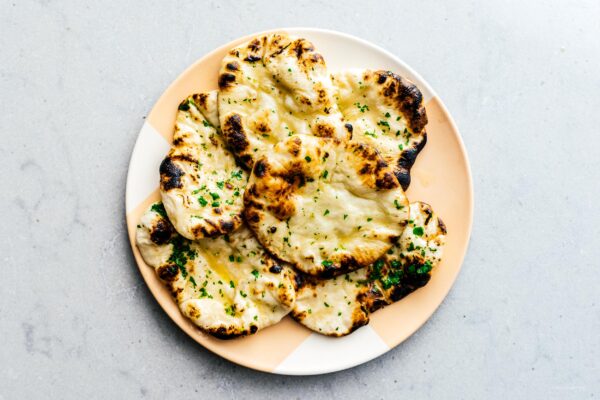
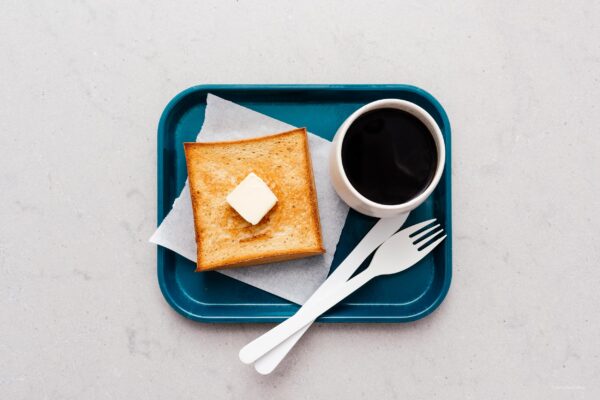


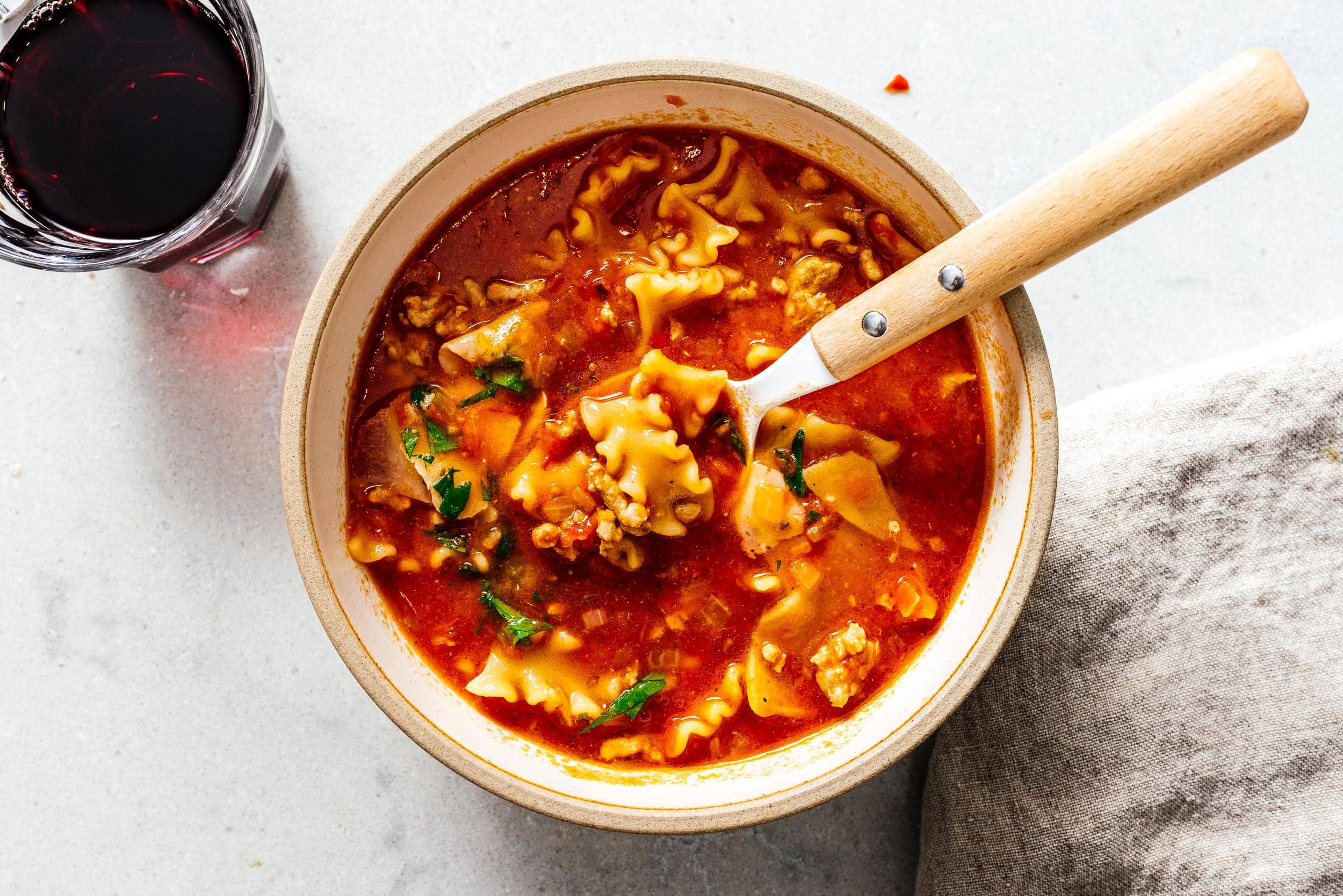
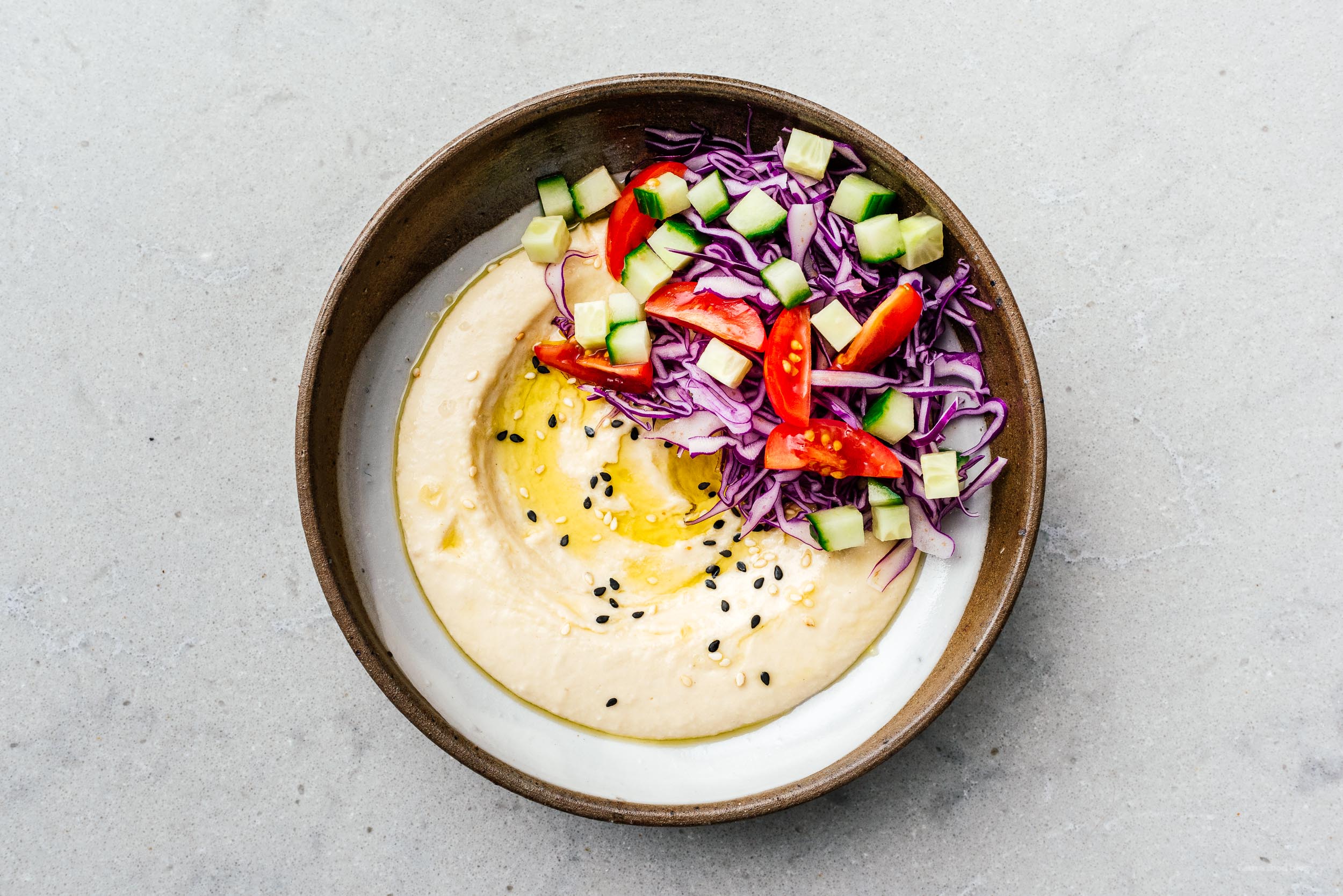
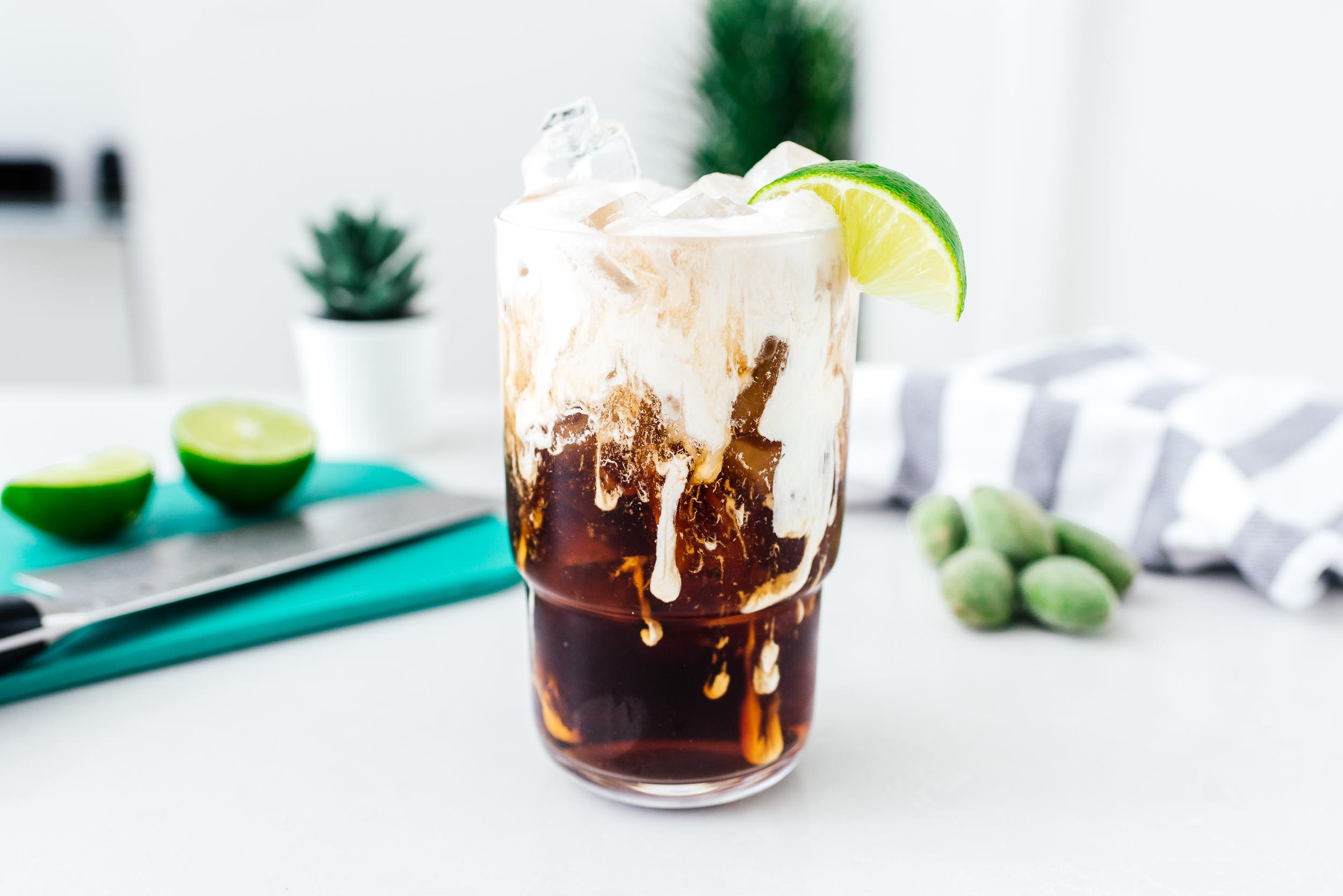
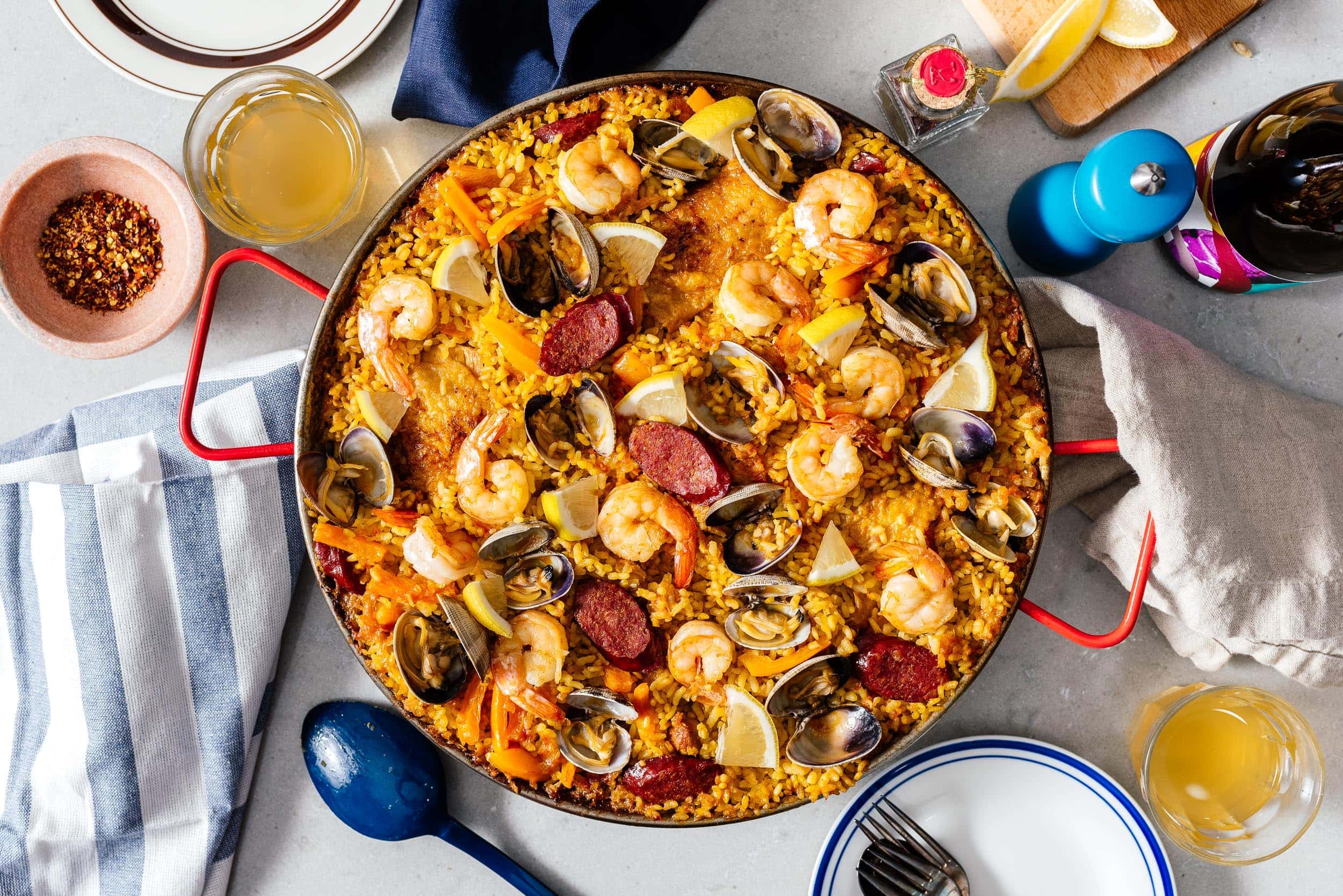
creammy girl on her way try it tmr!
I went with this recepie for my first (and second!) try at making bread. The way you described the steps was super easy to understand, and the bread itself is seriously delicious!
Thank you so much :)
Hi! My sister loves Japanese culture and it’ll be her birthday in a few days. I’m planning on baking this for her, but I was wondering if you think that it’s possible to make the dough the day before and then let it rise overnight in the fridge?
hi margaret,
i haven’t tried letting this particular bread rise in the fridge overnight but i have had success with other breads being held in the fridge overnight. if it’s for your sister’s birthday i would probably just bake it the day before. it’ll still be fresh the next day, especially if you don’t slice into it at all. that way you won’t have the pressure of baking on the day of :)
thank you so much!!!
I made this for my sister’s birthday and when I say that it was amazing, I mean that it was A-MAAAAZ-ING. My family and I couldn’t stop eating it :)
I did end up letting it prove overnight in the fridge, but it still worked our beautifully. If I make it again, I would let it sit out at room temp for maybe twenty minutes so that it’s easier to work with after it comes out of the fridge, but it was great! Thank you so so soooooo much!!
thanks for taking the time to comment margaret! and thanks for the tip on letting me know that it can proof overnight in the fridge :)
Tried this today on a whim and it was fantastic! I’m a lazy bread maker, so I put it in my bread machine on the dough cycle, then shaped and baked when it was done. Will definitely be making it again!
I canthink get over my joy. I made this bread all kneaded by hand. Perfect result. Thanks.
How much would I scale the recipe down if I wanted to put the dough in a pullman cube? Like the pan used in your shokupan recipe.
Great recipe! I am a newbie writing to you from southern Ontario. This was an excellent beginner recipe for me. Before this I had only successfully made bread using a bread maker, and made an unsuccessful challah loaf (it came out hard as a rock!).
I didn’t use a mixer for this recipe, just kneaded it by hand for 15 minutes until it passed that window pane test. I didn’t have bread flour so I used regular unbleached white flour. It turned out so fluffy, just a little bit sweet, and so pretty. Thank you for the recipe and helping me have my first bread-baking-from-scratch success!
This bread looks terrific, but the hydration rate in the description says 73%. The liquid to dry ingredients is nowhere near that hydration rate. I intend to make this as directed, but you might want to revisit that 73%.
hi moe,
for baker’s percentages, every ingredient is a percentage of the flour weight, which is always denoted as 100%.
so in this case, we have:
270 grams bread flour = 100%
the rest of the ingredients are are expressed as a percentage of the flour’s weight.
in this case:
flour 270 grams
yeast 6 grams
sugar 24 grams
salt 5 grams
water 80 grams
milk 40 grams
egg 57 grams
butter 20 grams
to figure out the percentages of the other ingredients, you divide each by the weight of the flour, then multiply by 100 to convert it to a percentage.
so for the water, (80 ÷ 270) x 100 = 29.6% (which i rounded to 30%)
following this, all the liquid ingredient percentages (water 30%, milk 15%, egg 21%, butter7%) add up to 73%, which is the hydration of the bread, hydration being defined as the percentage of total liquid (197 grams) in a dough divided by flour weight (270 grams).
Hello Stephanie: Thank you for taking the time to provide such a thorough answer. I should have been more thorough myself in my OP. What’s included in calculating hydration rate, other than water, varies. Butter, or fats that are solid at room temperature, aren’t usually included. Milk is about 87% water and, if the eggs and butter are going to be included, they are about 75% and 18% water (according to KAF).
Milk 40g x 87% = 35g water hydration rate 13%
Eggs 57g x 75% = 43g water hydration rate 16%
Butter 20g x 18% = 4g water hydration rate 1.5%
That would make the total hydration rate approx 61%.
I’m not trying to be nit-picky. The recipe is great, fine the way it is. It’s just that the 73% prepared me for a sticky dough that might be hard to handle and that was not the case. I’ve used this recipe many times now and it is super.
I’ve been making this bread religiously for the last few months.
I’ve been doubling it most times, and splitting into 80 gram portions for 12 hamburger bun sized rolls. a little egg wash before a bake of 12-15 minutes and they’re perfect.
used this recipe for rolls today, made a few with nutritional yeast on top, a few with cheese, and a bunch plain. the plain ones never make it to room temp before they’re eaten up.
the loaves come out perfect every time I make a batch. makes a mean grilled cheese or French toast!